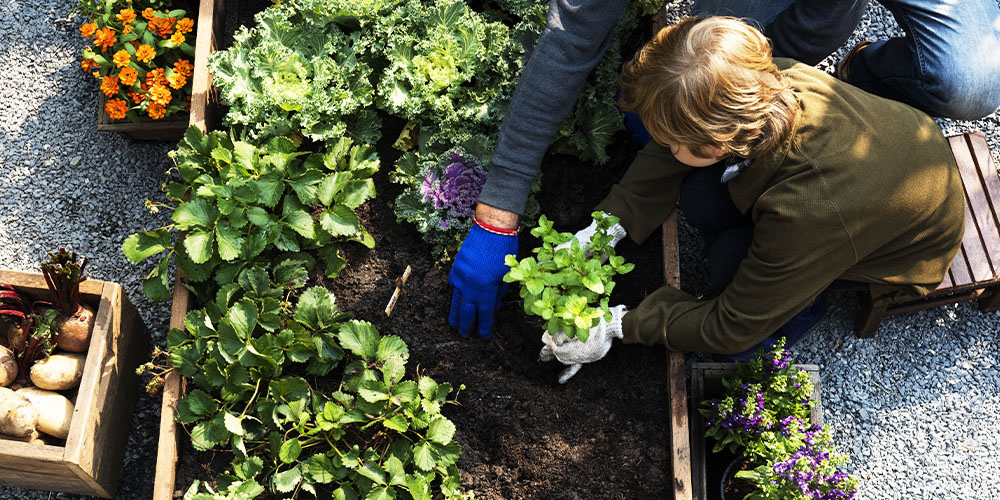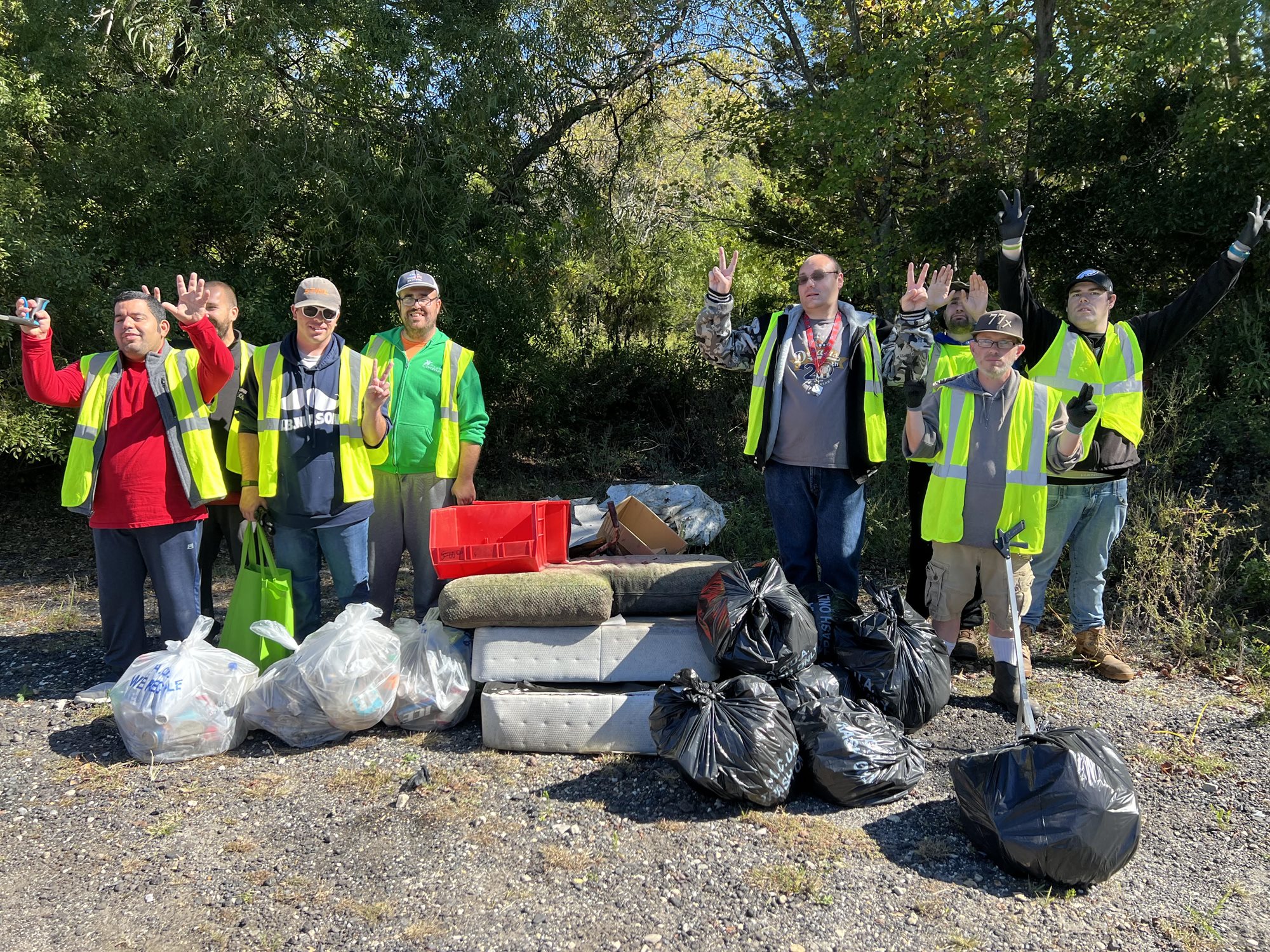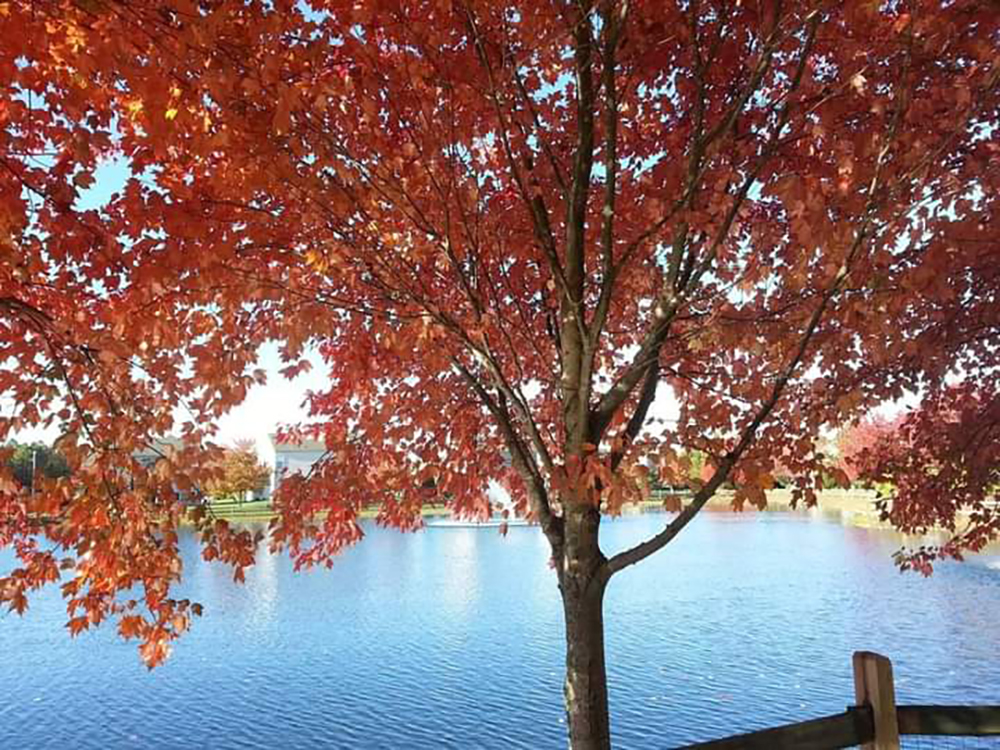Weather
By Dan Skeldon
Take your pick. Is it the succulent strawberries of June? Or perhaps it’s the bountiful blueberries in July? Better yet, it could be the juicy Jersey tomatoes later in the summer? Whatever your choice, our South Jersey growing season is underway. And the rule of thumb is once we’re past Mother’s Day, we’re “usually” safe from any frost or freeze concerns until sometime later in the fall.
Of course, that’s not always the case. Just after Mother’s Day this year, a mid-week cold snap brought a frost risk to a good chunk of the Northeast, including parts of New Jersey. But there’s no better example, albeit an extreme one, of what happened in late May back in the spring of 1992. As we always do, let’s reference the climate records for the Atlantic City International Airport in Egg Harbor Township, where South Jersey records are kept. It was a devastating pair of back-to-back nights of record late-in-the-season cold and sub-freezing temperatures for area farmers. A 32 degree low on the morning of May 20 was then followed by a frigid and record-shattering low of 28 degrees on May 21, 1992, which qualified as a hard freeze. Area crops were significantly damaged or destroyed by the late season cold, too late for some crops to recover.
But that’s the worst case scenario, one that has not been repeated since. In reality, the average date of our last 32-degree low temperature is around April 19th. So freezing temperatures are hard to get past early May, and we’ve only ever had three freezing nights past May 15th, and two of them were the aforementioned ones back in 1992.
While not as bad as a freeze, frost can be problematic for area agriculture, and can readily form with temperatures in the mid 30s, a few degrees above freezing. 36 degrees is usually used as a threshold for frost formation. And on average, May 1 is the average last day of 36-degree cold in South Jersey. Now remember, an average would be the halfway point, with roughly half of the years seeing the last frost before that date, and half after. That’s why Mother’s Day, which falls on a different day each year but is generally in mid-May, serves as a good rule of thumb for it being safe to plant.
Despite our changing climate, the start of our growing season, and the average last frost/freeze dates of the spring, have largely remained unchanged over the last seven decades. Climate change has not seemed to increase or reduce the possibility of some late season cold. March has even trended snowier of late, and April and even early May cold hasn’t become any more rare. However, it’s a little different for the fall.
Generally speaking, the growing season ends with the first hard freeze of the fall, when the temperature drops below freezing for a few hours and effectively kills off whatever is still growing. In South Jersey, the average date of our first freeze, going back over the last 80 years or so, is in late October, around October 21-22. If you’re talking about our first frost and first 36-degree nighttime low, that occurs around October 12.
But if you shorten the range to the last two decades, since 2003, both the first frost and first freeze dates slide back by up to a week. So over the last 20 years, due in part to climate change and some extended summer into fall warmth, the growing season has been longer than it was in the decades before. Granted, 20 years isn’t a huge sample size climatologically. Nevertheless, our average first frost has slid back to October 20 since 2003, and the average first freeze slid back to October 27. Falls have indeed been warmer of late, and that has led to an extended growing season, more often than not, since the turn of the century. Now whether that continues or reverses remains to be seen due to the fickle nature of weather (and climate) forecasting, but it’s interesting nevertheless. It doesn’t mean that an early frost or freeze can’t happen in the fall, or even the late summer for that matter. Back in 1967, the earliest freeze on record occurred when the temperature reached 32 degrees on the morning of September 24.
So yes, Mother’s Day is still a good threshold for judging the safe start of our growing season, at least most years with an occasional rare exception here and there. And if trends for a warmer fall continue, Halloween will continue to inch closer and closer towards becoming the fall threshold for the rough end to our growing season in South Jersey.
No one probably minds a slightly longer growing season. But I’m sure everyone would be ecstatic if there was a way to shorten pollen season. Or better yet, get rid of it altogether.
That’s what we can hopefully work on next.
Meteorologist Dan Skeldon has a degree in meteorology from Cornell University. He has forecasted the weather in South Jersey for the last 18 years, first on the former television station NBC40 and then on Longport Media radio. Dan has earned the American Meteorological Society Seal of Approval for Broadcast Meteorologists, and now does television broadcasts on WFMZ-TV in Pennsylvania’s Lehigh Valley.






